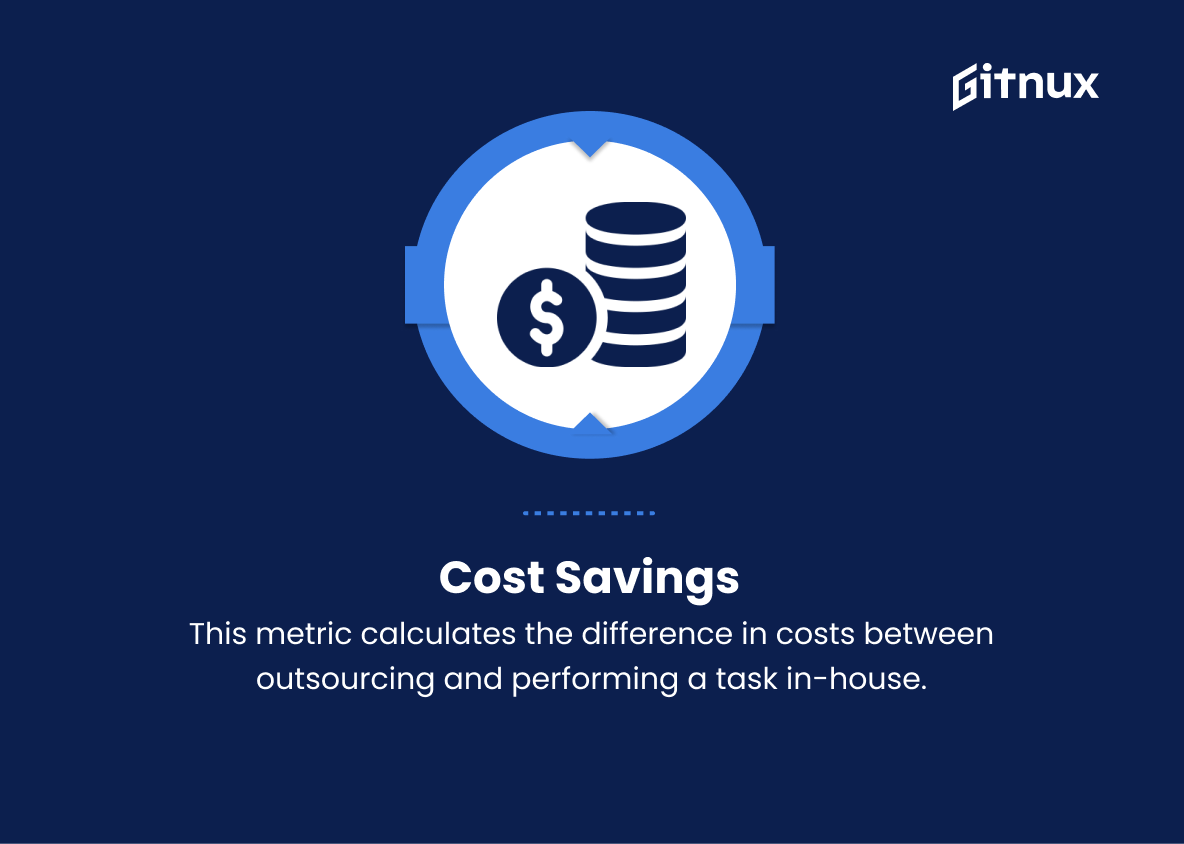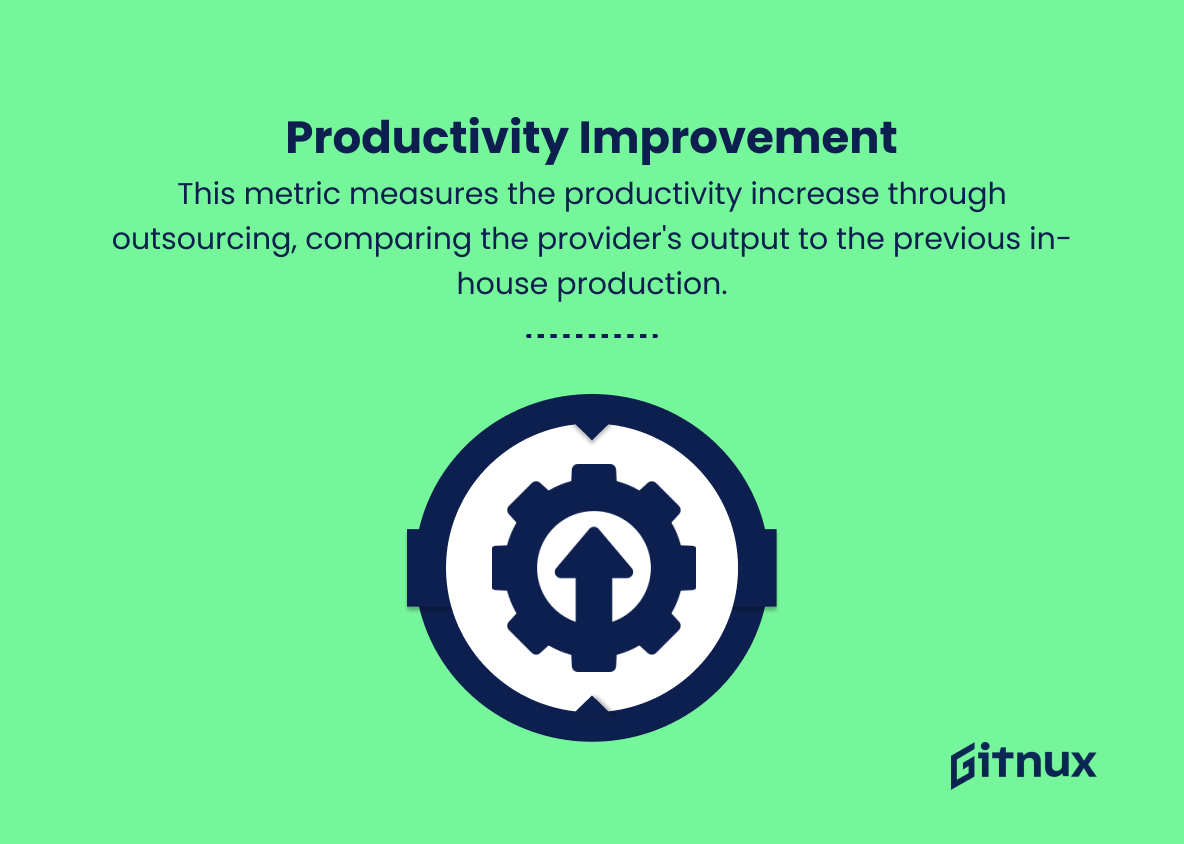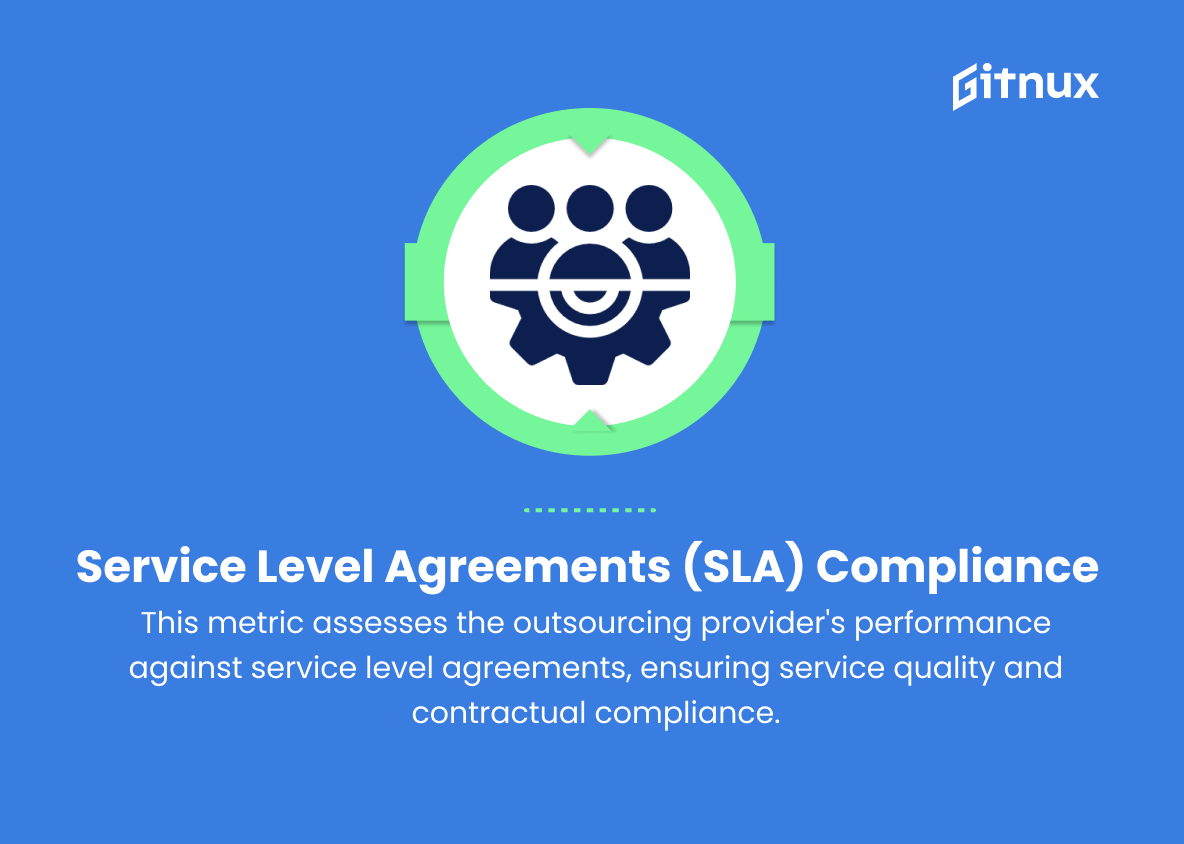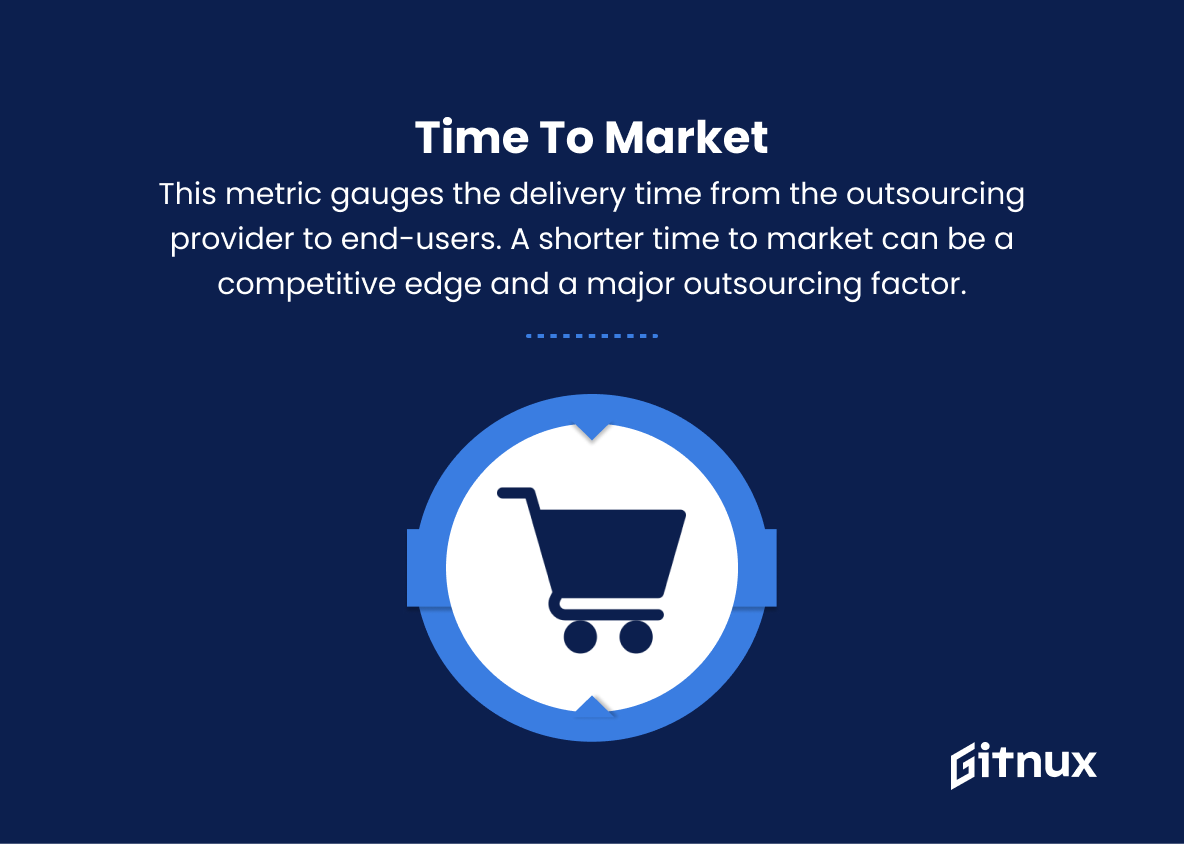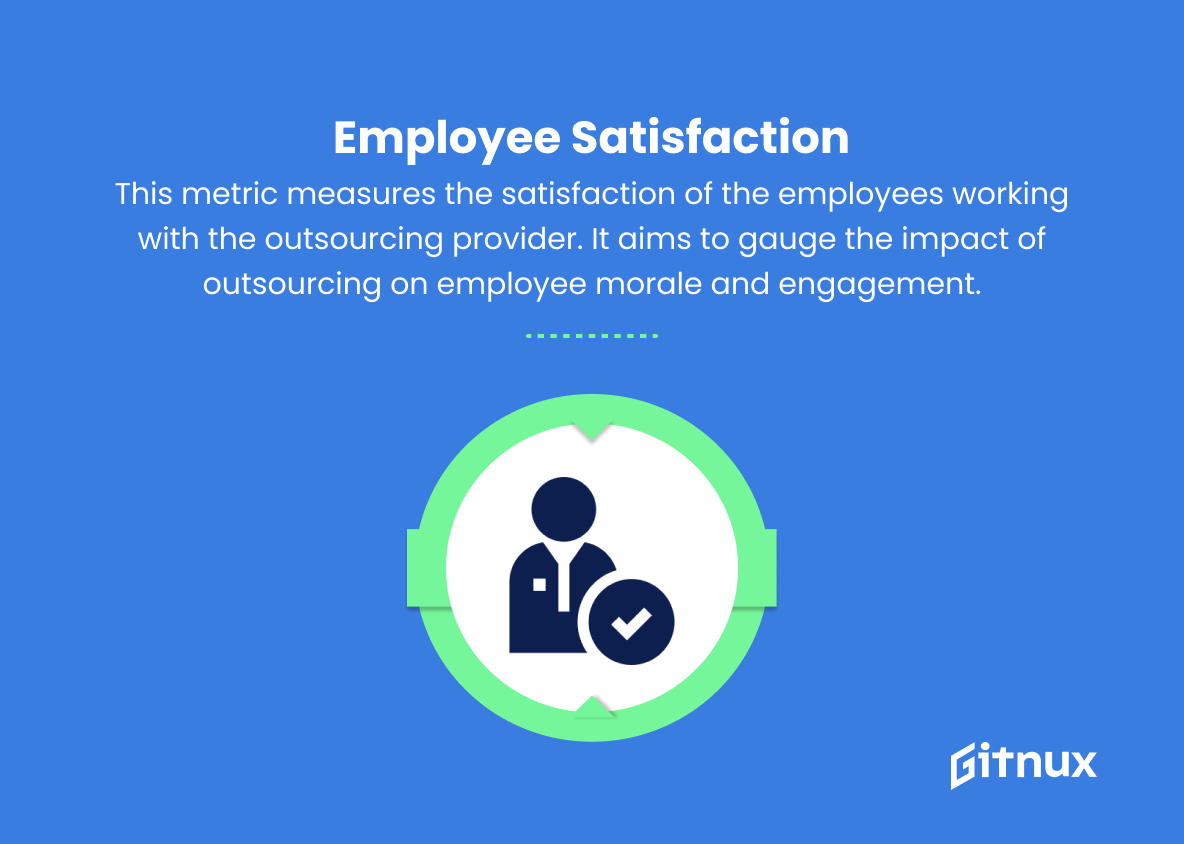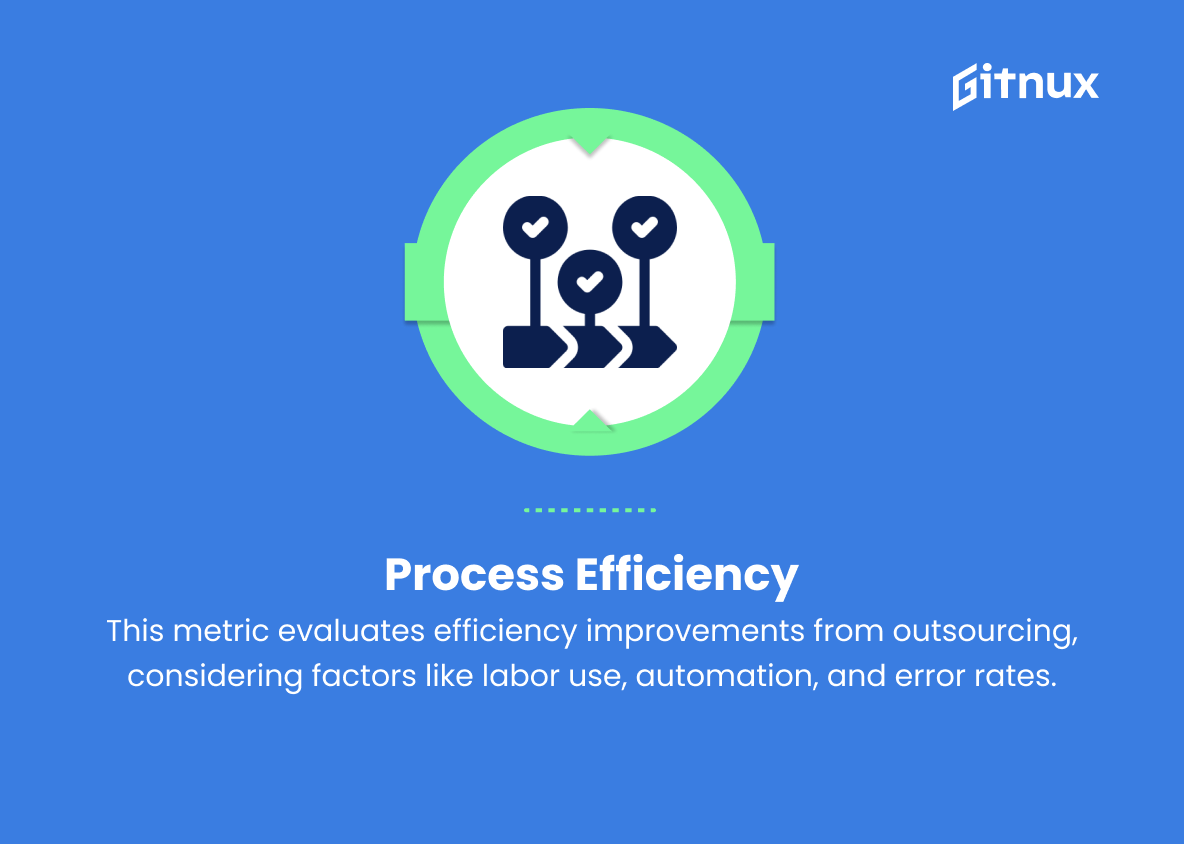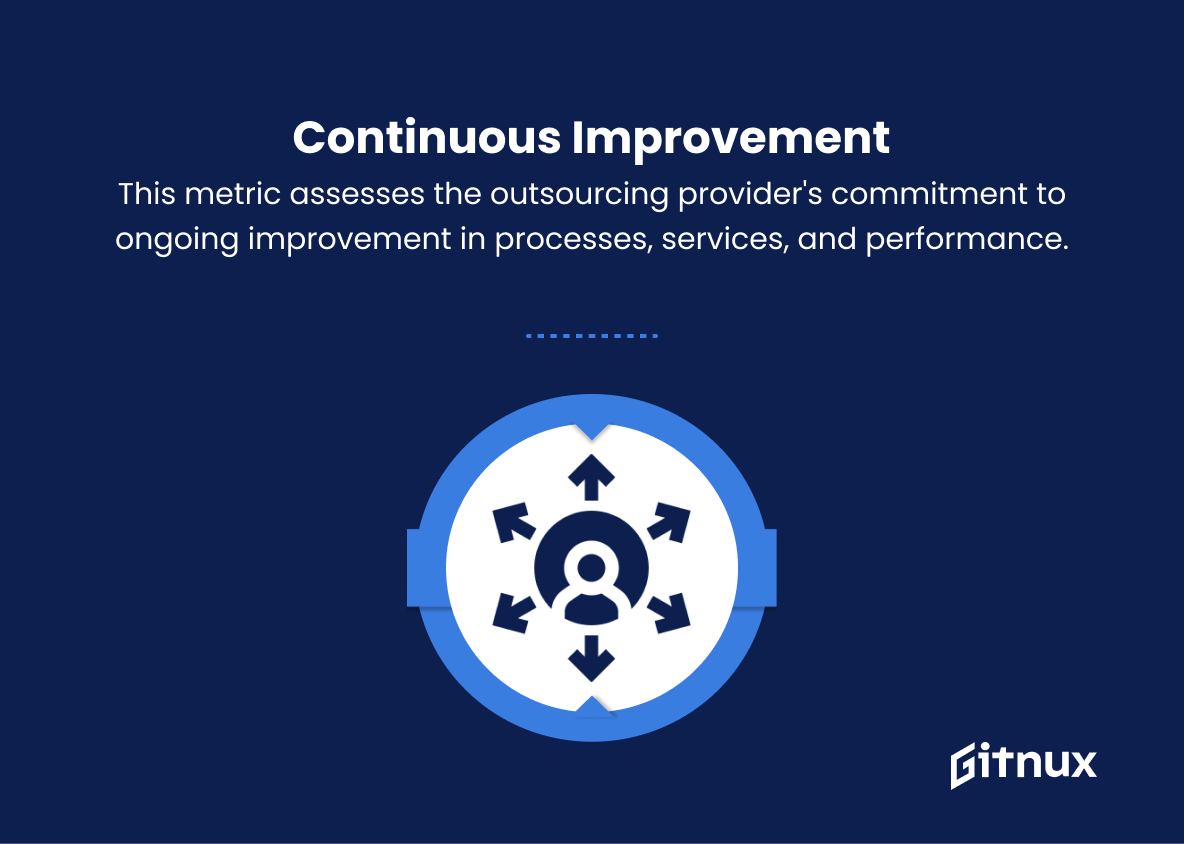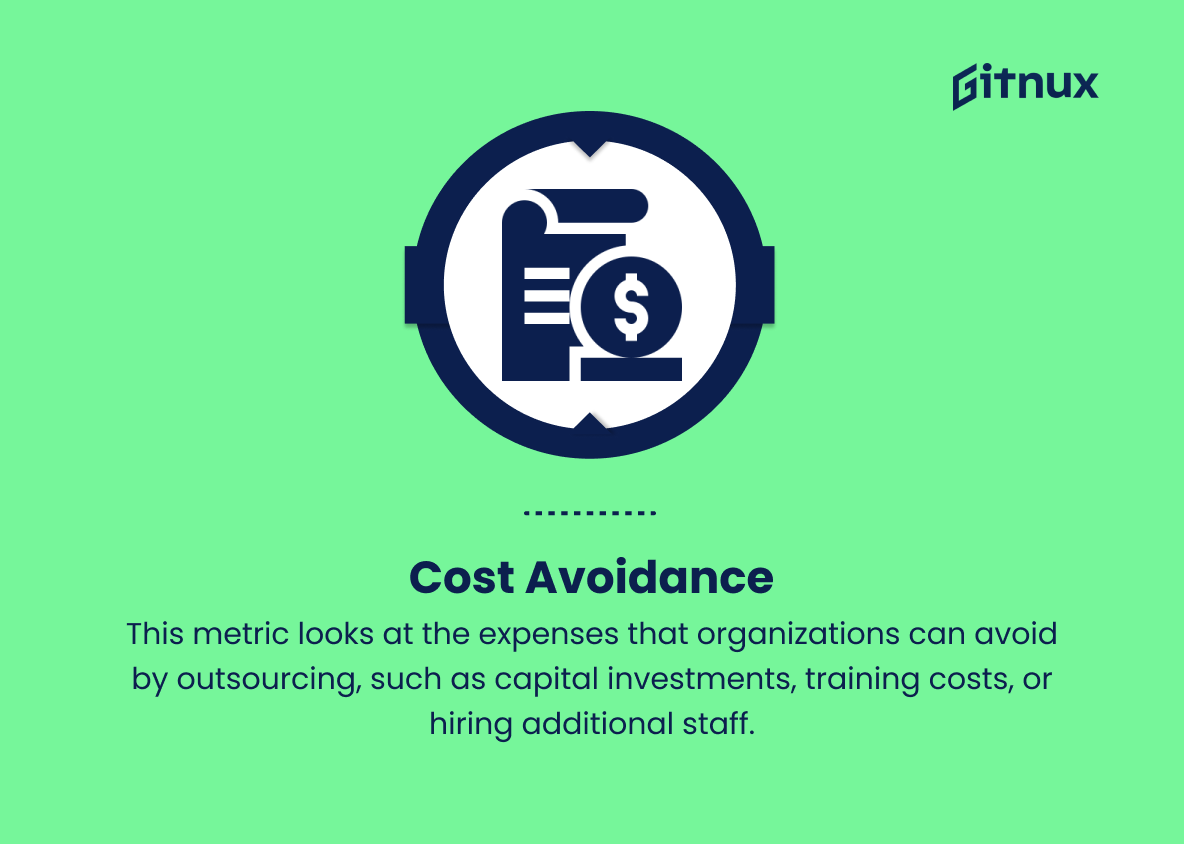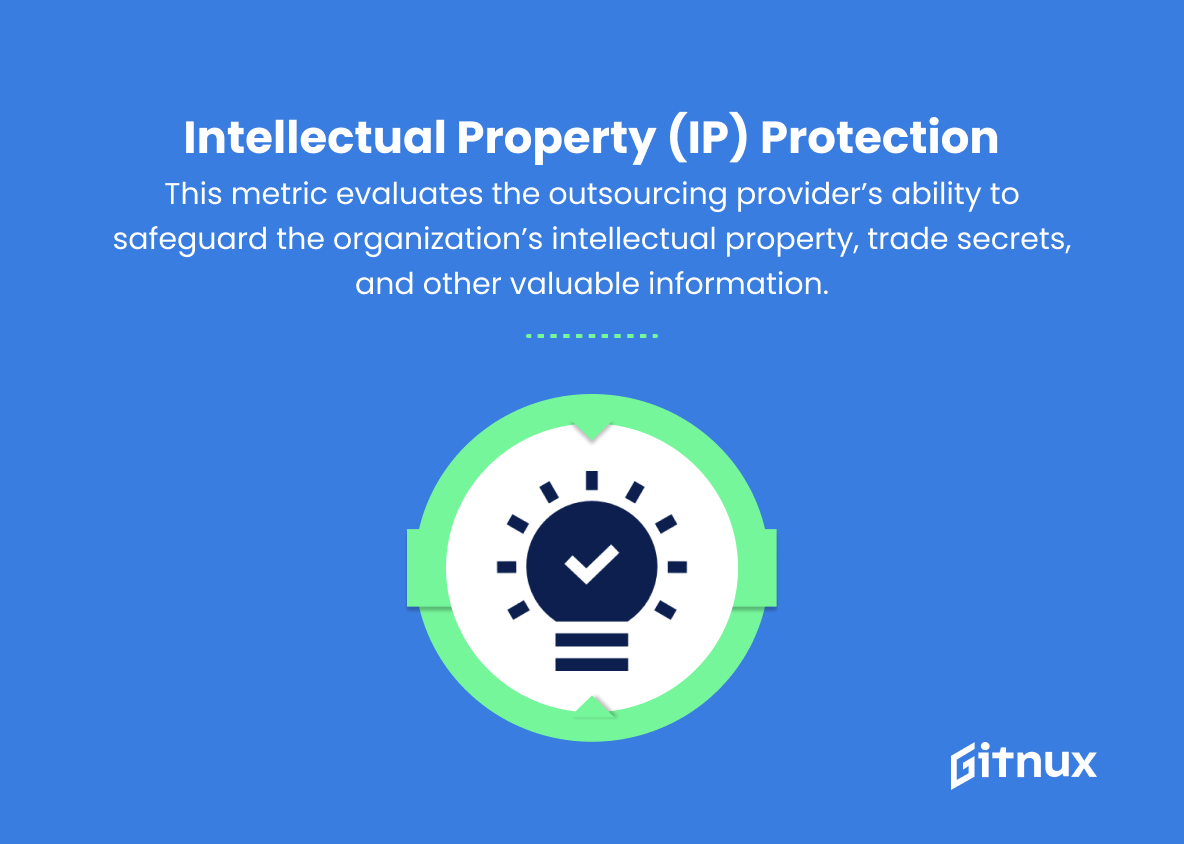In today’s fast-paced and ever-evolving business landscape, organizations are continually seeking ways to optimize their operations, lower costs, and improve overall efficiency. Outsourcing, a widely-adopted strategy, allows businesses to focus on their core competencies while leveraging the expertise of external partners. However, the success of outsourcing heavily relies on the ability to measure, monitor, and manage the performance of outsourcing providers through relevant, objective, and actionable metrics.
In this blog post, we delve deep into the world of outsourcing metrics, examining the critical factors and key performance indicators (KPIs) that play an instrumental role in driving superior results from your outsourcing engagements. Join us as we unravel the intricacies of outsourcing metrics, their significance, and how they contribute to making informed decisions that propel your organization towards achieving its strategic objectives.
Outsourcing Metrics You Should Know
1. Cost savings
This metric calculates the difference in costs between outsourcing and performing a task in-house. It is a key performance indicator (KPI) that helps companies determine the financial benefits of outsourcing.
2. Productivity improvement
This metric indicates the increase in productivity achieved by outsourcing. It is usually measured in terms of the output produced by the outsourcing provider compared to the output previously produced in-house.
3. Service level agreements (SLA) compliance
This metric measures the outsourcing provider’s performance against agreed-upon service levels. It helps evaluate the quality of the services delivered and ensure that the provider meets its contractual obligations.
4. Time to market
This metric measures the time it takes to deliver a product or service from the outsourcing provider to the end-users. A shorter time to market can be a competitive advantage and is often a key driver of outsourcing decisions.
5. Customer satisfaction
This metric tracks the satisfaction of end-users with the products or services provided by the outsourcing vendor. It helps companies understand the impact of outsourcing on customer experience and assess the vendor’s ability to meet customer expectations.
6. Employee satisfaction
This metric measures the satisfaction of the employees working with the outsourcing provider. It aims to gauge the impact of outsourcing on employee morale and engagement.
7. Attrition rate
This metric indicates the percentage of employees who leave the outsourcing provider during a given time period. A high attrition rate could point to an unstable workforce and might affect the provider’s ability to deliver quality services consistently.
8. Transition time
This metric tracks the time it takes to transfer operations from the in-house team to the outsourcing provider. A smooth and efficient transition process ensures business continuity and reduces disruption to the organization.
9. Process efficiency
This metric assesses the improvements in efficiency brought about by outsourcing. Efficiency is measured based on factors such as labor utilization, process automation, and error rates.
10. Continuous improvement
This metric evaluates the outsourcing provider’s commitment to continuously improve its processes, services, and performance. It measures the vendor’s efforts to implement best practices, innovative solutions, and process optimization initiatives.
11. Cost avoidance
This metric looks at the expenses that organizations can avoid by outsourcing, such as capital investments, training costs, or hiring additional staff. Cost avoidance helps demonstrate the long-term savings that can be achieved through outsourcing.
12. Intellectual property (IP) protection
This metric evaluates the outsourcing provider’s ability to safeguard the organization’s intellectual property, trade secrets, and other valuable information. It helps ensure that the provider follows the necessary security measures and compliance requirements.
Outsourcing Metrics Explained
Outsourcing Metrics play a crucial role in assessing the effectiveness of outsourcing partnerships, ensuring that they deliver value across various dimensions. By measuring cost savings, companies can evaluate the financial benefits of outsourcing in comparison to in-house operations. Productivity improvement, service level agreement compliance, and time to market provide insights into the outsourcing provider’s efficiency, quality, and speed in delivering products or services.
Monitoring customer satisfaction, employee satisfaction, and attrition rate helps companies understand the impact of outsourcing on their end-users, workforce, and the stability of the vendor’s performance. Transition time, process efficiency, and continuous improvement metrics focus on the effectiveness of operational transfers, enhanced efficiency, and the vendor’s commitment to improving its offerings. Cost avoidance highlights long-term savings, while intellectual property protection ensures the security and compliance of valuable organizational information.
Together, these metrics create a comprehensive picture of outsourcing performance and enable organizations to make informed decisions about their outsourcing partners.
Conclusion
In conclusion, outsourcing metrics play a crucial role in evaluating the effectiveness of your outsourcing strategy. These metrics enable businesses to optimize their outsourcing partnerships, ensuring that they meet their desired objectives, reduce expenses, and increase efficiency.
It is essential for businesses to be vigilant in monitoring and measuring these metrics, so they can make informed decisions to drive continuous improvement, foster solid relationships with outsourcing providers, and ultimately achieve the best results for their organization. By paying close attention to the right outsourcing metrics, companies can set themselves up for long-term success in an increasingly competitive global market.
